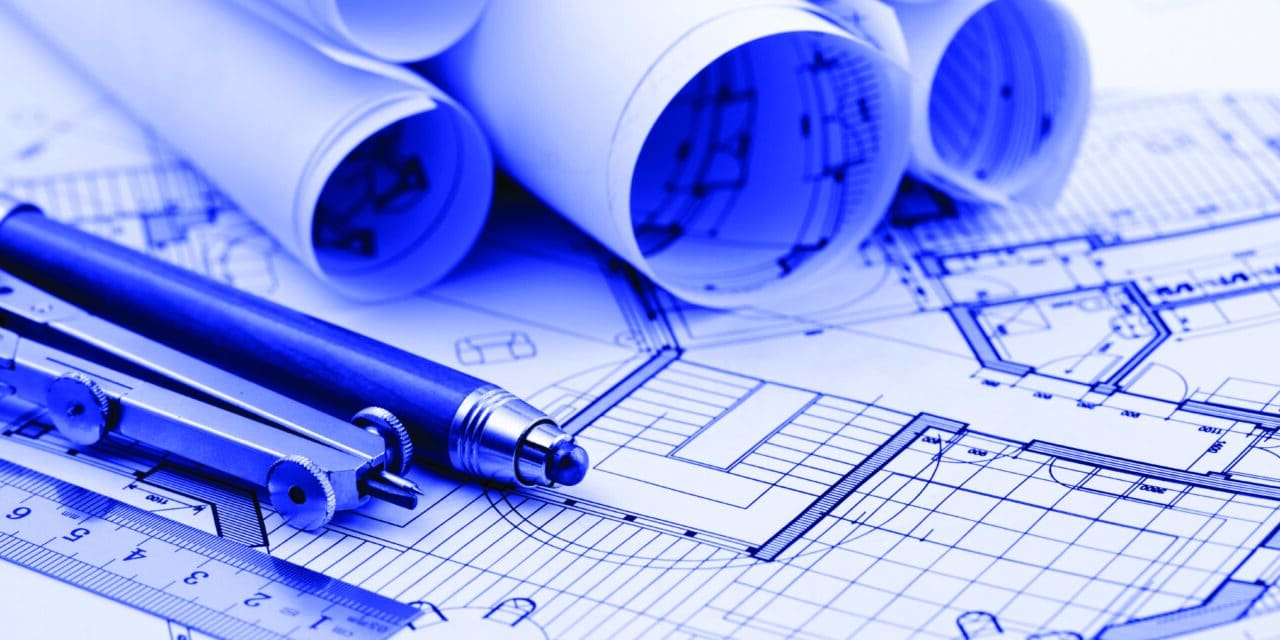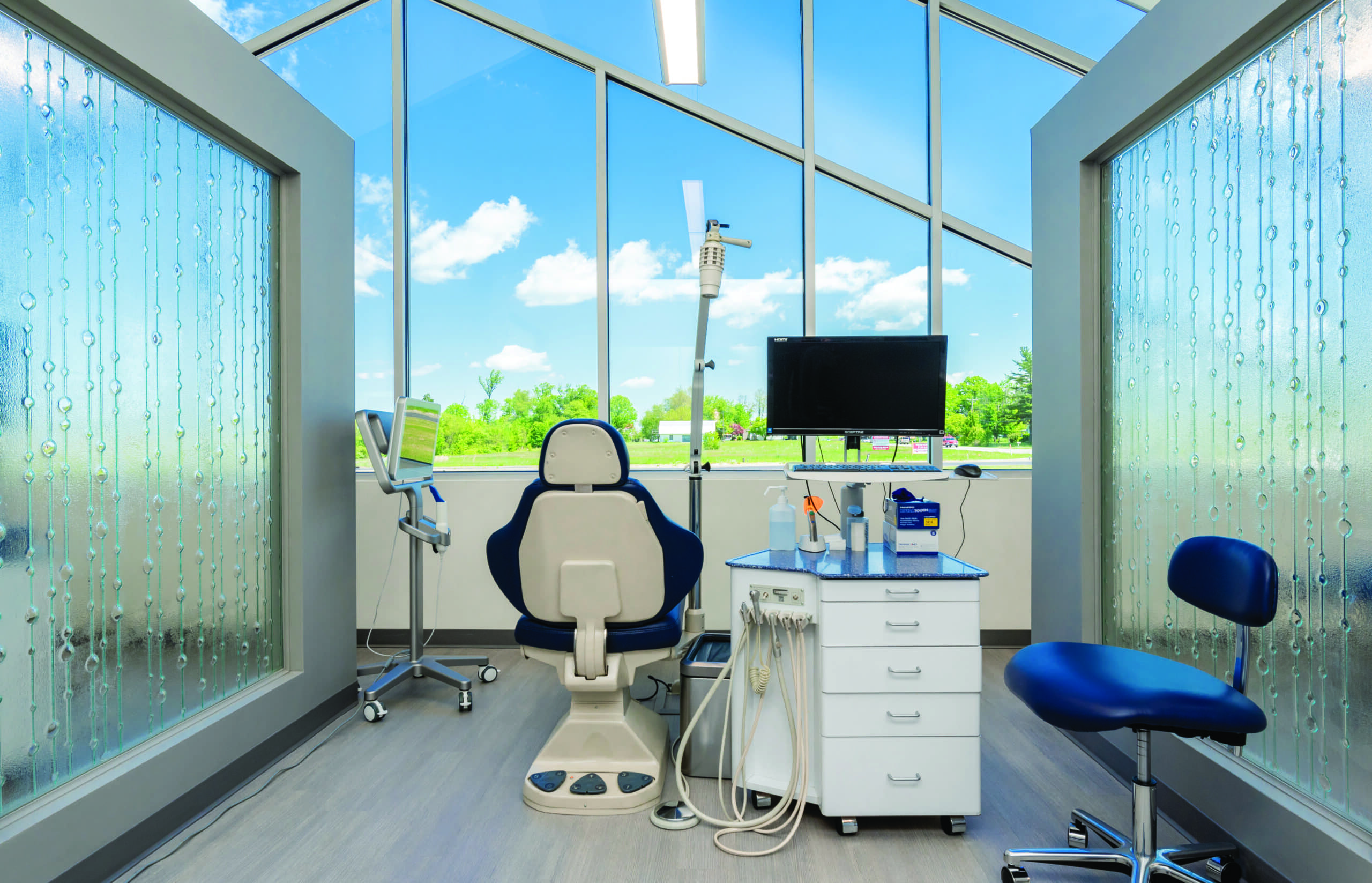Summary: Designing an orthodontic practice requires careful planning to balance functionality, aesthetics, and budget constraints. Experts recommend working with design professionals from the outset to avoid costly mistakes, plan for efficiency, and incorporate both personal style and ergonomic considerations.
Key Takeaways:
- Incorporating personal style and ergonomic considerations in the design can improve both patient appeal and long-term practitioner comfort.
- Hiring a design expert from the beginning helps prevent costly mistakes and ensures a well-planned, functional practice layout.
- Budgeting accurately is crucial, as construction costs have significantly increased, requiring creative approaches to design within financial constraints.
By Steven Martinez
For an orthodontist starting their first practice or an established practitioner looking to freshen up their business, designing a place of work that is both functional and friendly can be a daunting task.
The space must work for clinicians and patients and requires some of the largest upfront costs that a doctor will ever incur in their career. Choosing the wrong direction for the design of a practice or choosing the wrong people to accomplish it can lead to headaches and cost overruns. So, getting it right and on a budget that makes sense ultimately becomes the goal.
Go with the experts
For Susanne Slizynski, managing partner and interior designer with the practice design consulting firm Green Curve Studio, the one move to avoid as many headaches as possible is to use a design expert from the start rather than going straight to contractors and relying on them to make a plan.
“You’re putting your whole life into this. Say you just got out of school, and you’re putting hundreds of thousands of dollars into a buildout, you really need the expertise,” says Slizynski. “I think cutting out the experts at this point is probably the worst thing that you can do.”
She says a common mistake orthodontists make is trying to circumvent the consultation process, cutting out the designer and going directly to the builder, who then teams up with the equipment supplier. But while they may have expertise in the nuts-and-bolts aspects of building out a practice, they may fail to foresee design issues until it is too late and end up costing doctors thousands more dollars in change orders and delays.
“If you’re paying an expert for that service, they’re responsible to get it right,” says Slizynski. “I would say that if you even just came to us for floor planning, a lot of your problems would be solved.”
Making a plan
So, assuming you decide to go with an expert, how does that process begin? Well, once you’ve sought out a design consultant, the process will begin with a conversation so that the consultant can get a sense of the space you’re working with and the results you are looking for.
Joe Ross, president of the design firm Ross Orthodontic, says that prior to setting up an initial consultation, his firm will send out a request for information questionnaire to suss out the overall picture the doctor likely already imagines in their head. The questionnaire allows his firm to accommodate the needed requirements set by the doctor.
“We require a floor plan to look at and get started,” says Ross. “We ask more specific questions in regard to the type of practice (who its patients are, what kinds of services it offers). This helps to dictate the arrangement and required spaces.”
Ross says that it’s important for doctors to consider things like their market, location, and patient base when imagining what the perfect practice should look like. Are you in a city, the suburbs, or a rural area? Do patients arrive solo, with the whole family, or just a single parent?
“The biggest question I always ask is how hard do you want to work?” says Ross. “The number of chairs, hours of operation, and scheduling determine the number of patients you can or want to see on any given day.”
Slizynski says her firm will show orthodontists three different projects they’ve done of similar size to give them a sense of different directions they could go.
“A lot of times, they’ll just pick parts and pieces, or one of them will typically emerge as a favorite flow where they can kind of feel it and see it,” says Slizynski. “Before we start floor planning, we want to know what they like. Do they like a big consult room with a huddle table, or do they want something smaller?”
Setting a budget
Once you’ve laid out a plan, or probably even before that process begins, orthodontists need to consider their budget. Ross recommends asking around at some other offices, not just other orthodontic practices, to figure out a rough cost per square foot.
If you have only spoken with doctors who set up a practice several years ago, the reality of the numbers might shock you. Inflation hasn’t only driven up food and housing costs; according to Slizynski, in just the past 2 years, costs to build out and execute a practice design have significantly increased across the country.
“The biggest hurdle I have,” says Slizynski, “is that people will not believe us when we tell them what things are costing. The whole industry has been in transition. It’s a tough market.”
In just the past few years, costs in some markets have gone up by as much as 50%, which has put more constraints on what is typically possible when designing a practice. The focus now is on making sure doctors get everything they need while adding design elements through more frugal means. Slizynski says that some of their more elaborate past designs included high-end ceiling designs, multiple dry layers, and complex details. These days, just to make costs more palatable, her focus is on using “products and materials that could be installed without any kind of special cutting and trying to use color and visuals to get the impact that we used to get.”
READ MORE: Future-Proofing Your Practice: Key Considerations for Your Remodel
Don’t forget about yourself
Of course, vaulted ceilings and premium materials may need to be cut to make the numbers work, but it’s also important to have a little fun and consider your own needs. Remember, at the end of the day, you will have to live with the results for the rest of your career.
From a design perspective, Slizynski advises doctors to use their practice design as an opportunity to express themselves and help them stand out from the crowd. She says that doctors who are conservative in their design aesthetic are missing out on an opportunity to create some hype. This can be as simple as using bright, eye-catching colors or creating a unique, even kitschy theme.
“Some of our clients will want to just use all white and like wood, and it’s fine, but it’s not really a good message for marketing,” says Slizynski. “[On the other hand,] the ones who go all out don’t have any problem getting patients in the door.”
And once you’ve thought through how to express your personality in the design, think about your own long-term physical health. Bob Wright is a territory manager for A-dec Inc, a dental equipment and furniture manufacturer. He’s worked in the industry for over two decades, and one of the trends he’s seen on the equipment side is a new emphasis on ergonomics. Sitting chairside over a patient may not seem like the most strenuous workout, but the positions that doctors end up maintaining for several hours a day can put serious strain on the back.
“We’re seeing third- and fourth-year students who are already experiencing pain in their backs or shoulders,” says Wright. “So, there’s been a much higher emphasis on ergonomics and most of our products are built around ergonomics for the providers.”
A good patient chair is just as important for the doctor as it is for the patient. Wright advises that a good one will have good articulation, so that the practitioner can get the patient’s mouth in an optimal position. Even more crucial is what may be the simplest piece of equipment in a practice—the doctor’s stool.
He says A-dec did a lot of work to develop the backrest and tilt of the seat to provide an optimal neutral position that puts them in a better posture and position for working on a patient.
“We did a lot of pressure mapping to design the actual armature of the seat before we put the padding in and the upholstery,” says Wright. “Nobody ever really pays attention to the stool, even though they’re going to be in it for 20 years; they just get a stool.” OP
Steven Martinez is the associate editor for Orthodontic Products.










